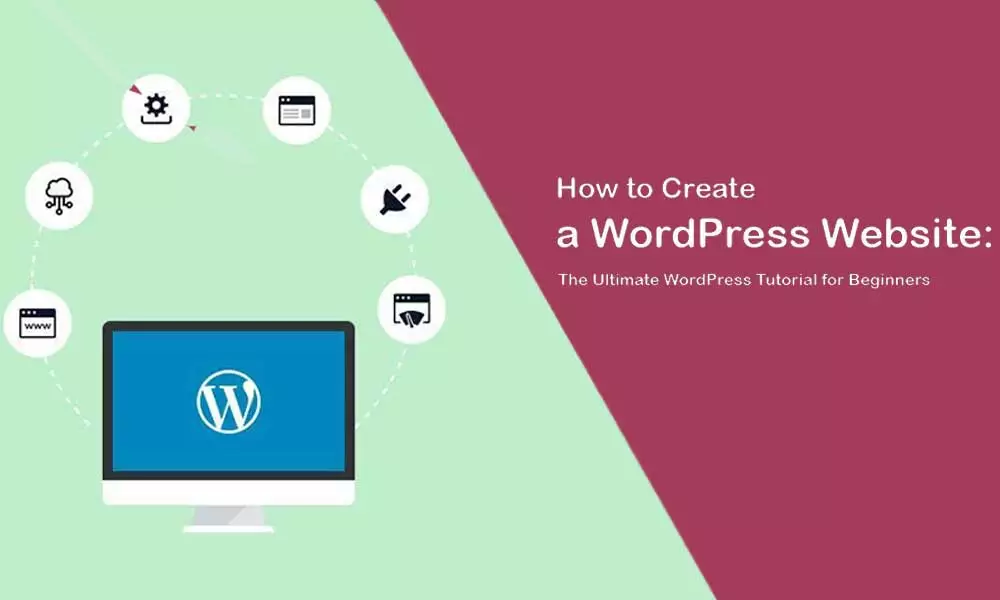
WordPress powers 35% of the entire internet and this is a big number, for sure. Not only this, 661 new WordPress websites are created daily. These statistics give a clear indication of the usage of the platform. Every business today has a WordPress website.
Apart from all the other platforms, WordPress development services by Brainvire is chosen because of the user-friendly experience and easy to use abilities.
To start one’s WordPress website, the first thing to understand is that it is more ideal to host your website on wordpress.org. This is because it is a complete self-hosting platform and offers good liberty to the developers and users. It can create one’s website without having coding knowledge.
The domain name is choosing the website name. There are 1.5 billion active websites in the world today, which means it can be challenging to be creative and unique here. Make sure to keep it short, simple, easy-to-understand. Have a name that can stay in the minds of readers. Ensure it is suitable for domain extensions.
Different name generator tools can give ideas. Check the availability of the domain name from providers, such as GoDaddy.
After deciding the domain name, buy it before it is taken by others. There are affordable options available as well, though you might have to compromise on the extension. When it comes to hosting, there is a requirement to choose a platform. There are different hosting options, like shared, dedicated (VPS), or WordPress hosting. However, if one is only starting, shared hosting is the best option for them.
The first and foremost thing is to figure out website needs. The next is to research different hosting platforms. Compare different aspects such as:
There are various lists available that inform the best hosting sites.
After figuring out the hosting platform, you must install the WordPress software. Most of the hosting servers today enable 1-click WordPress installation. Depending on your server, install the software accordingly.
In case the server does not have a 1-click installation, there will be a need to manually install the software, using FTP or other recommended services based on the domain.
These are most of the time on the dashboard. There are other options as well.
The design, as mentioned above, is crucial for the engagement of the audience. This design is heavily dependent on the themes. The theme dictates the overall look of a WordPress website. There are free, as well as paid, themes available. This will also affect the customization available.
WordPress plugins add functionality to the website. These include better loading of the page, security, caching, and so on. It has been observed that using security plugins can save you against 70% of the security problems faced.
You can strengthen the login and admin pages. You can also use security plugins authorised by WordPress. Some include bulletproof security.
WordPress manages an on-page SEO. You can also optimise SEO using title tags, hashtags, and other media links. There are plugins available for this too.
WordPress has built a large community by now and tutorials are available. There are also community forums available.
Having a website makes it important to also understand how to optimise content based on the analytics.
WordPress is presently the most popular CMS due to its user-friendliness. If you happen to be a newbie in the digital arena, WordPress CMS might be the best resort for you. So what are you waiting for, take a look at this WordPress tutorial for beginners, and start your blog or website today!
